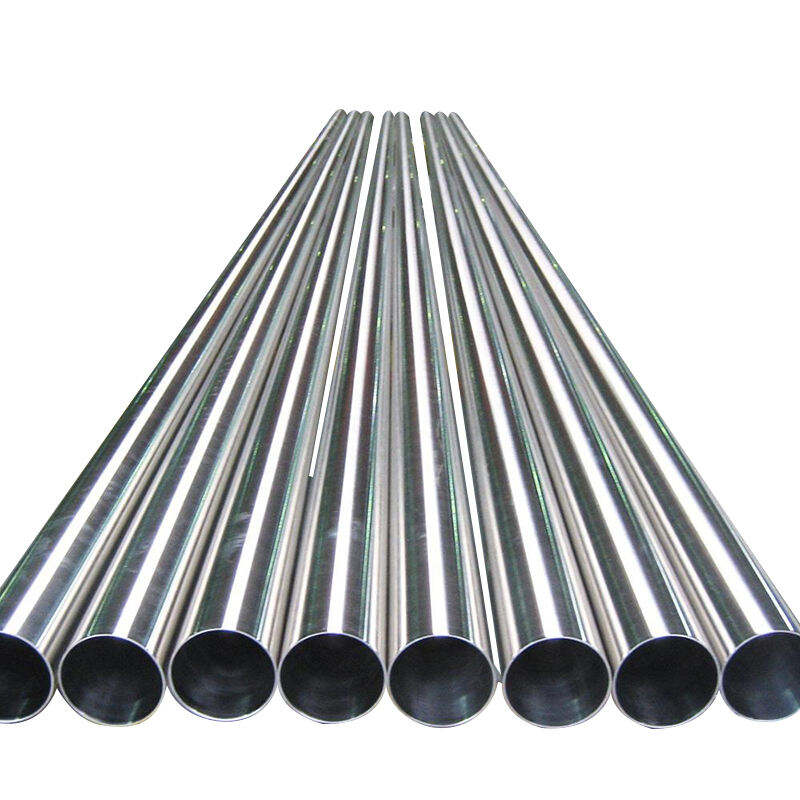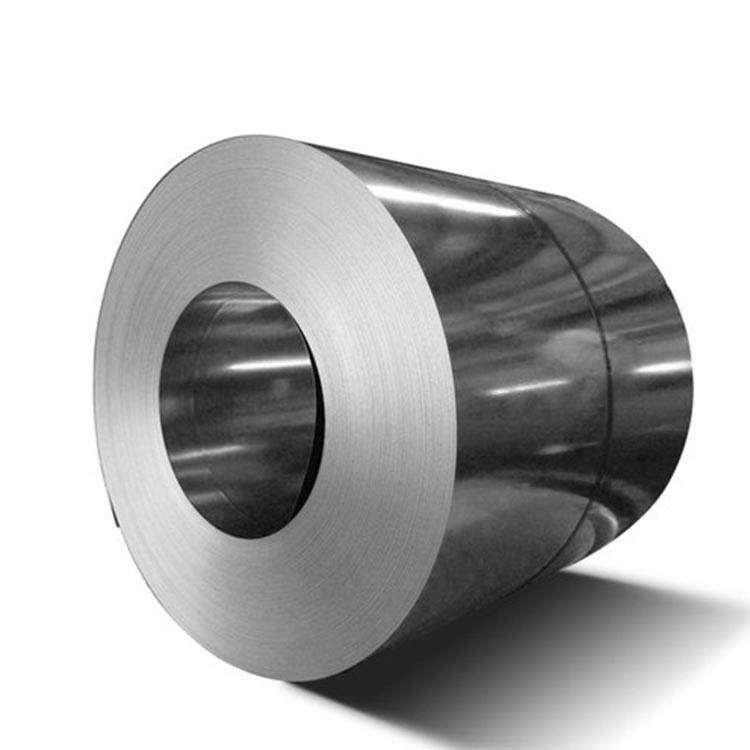The Revolutionary Impact of Stainless Steel Tubing in Modern Construction
In the ever-evolving world of construction and architecture, stainless steel tubes have emerged as a cornerstone material that combines strength, versatility, and aesthetic appeal. These remarkable components have transformed the way we approach building design and structural engineering. From towering skyscrapers to innovative residential spaces, steel tubes provide the backbone for many of today's most impressive architectural achievements.
The construction industry's reliance on steel tubes continues to grow, driven by their superior performance characteristics and adaptability to various applications. Their influence extends far beyond mere structural support, playing a crucial role in everything from plumbing systems to decorative elements that define modern architectural aesthetics.
Structural Benefits of Steel Tubes in Construction Projects
Superior Strength-to-Weight Ratio
One of the most compelling advantages of steel tubes in construction is their exceptional strength-to-weight ratio. These components can support immense loads while maintaining a relatively lightweight profile, making them ideal for large-scale construction projects. This characteristic allows architects and engineers to design buildings that reach unprecedented heights without compromising structural integrity.
The hollow nature of steel tubes contributes significantly to their efficiency, as they provide maximum strength with minimal material usage. This design principle not only reduces the overall weight of the structure but also optimizes material costs and installation requirements.
Durability and Longevity
Stainless steel tubes offer remarkable resistance to corrosion, weathering, and environmental stresses. Their durability ensures that structures maintain their integrity over extended periods, reducing maintenance requirements and replacement costs. The inherent properties of stainless steel make these tubes particularly suitable for buildings in coastal areas or regions with harsh weather conditions.
The long-term performance of steel tubes translates into significant cost savings throughout the lifecycle of a building. Their resistance to rust and deterioration means less frequent repairs and a longer service life compared to alternative materials.
Environmental and Economic Advantages
Sustainability Features
Steel tubes contribute significantly to sustainable construction practices. The material is 100% recyclable, and many steel tubes used today contain a high percentage of recycled content. This characteristic aligns perfectly with green building initiatives and environmental certification programs that are increasingly important in modern construction.
The production of steel tubes has also become more environmentally conscious over the years, with manufacturers implementing energy-efficient processes and reducing carbon emissions. Their durability and longevity further enhance their environmental credentials by minimizing the need for replacement and reducing waste.
Cost-Effective Solutions
While the initial investment in steel tubes may be higher than some alternatives, their long-term economic benefits are substantial. The reduced maintenance requirements, extended lifespan, and lower installation costs make them a cost-effective choice for construction projects. Additionally, the speed of construction enabled by steel tubes can significantly reduce labor costs and project timelines.
The standardization of steel tube production also contributes to cost efficiency, allowing for precise specifications and minimal waste during construction. This standardization facilitates easier planning and more accurate budget projections for construction projects.
Design Flexibility and Applications
Architectural Versatility
Steel tubes offer architects unprecedented creative freedom in design. Their versatility allows for both structural and aesthetic applications, from exposed structural elements that celebrate industrial chic to hidden support systems that enable clean, minimalist designs. The ability to bend, shape, and finish steel tubes in various ways provides endless possibilities for architectural expression.
Modern construction projects increasingly feature steel tubes as prominent design elements, showcasing their ability to combine form and function seamlessly. Whether in creating dramatic curved facades or enabling open-plan interiors with minimal support structures, these versatile components continue to push the boundaries of architectural design.
Innovative Applications
The applications of steel tubes in construction continue to evolve with technological advancements. From smart building systems that integrate mechanical and electrical services within structural elements to modular construction techniques that expedite project completion, steel tubes are at the forefront of construction innovation.
Recent developments in steel tube manufacturing have also led to enhanced performance characteristics, such as improved fire resistance and acoustic properties, further expanding their potential applications in modern building design.
Installation and Maintenance Considerations
Efficient Installation Processes
The installation of steel tubes benefits from well-established procedures and standardized connections that streamline the construction process. Their relatively lightweight nature, compared to solid structural elements, facilitates easier handling and positioning during installation. This efficiency translates to reduced labor costs and faster project completion times.
Modern construction techniques, including prefabrication and modular assembly, have further optimized the installation of steel tubes. These advances have made it possible to achieve higher precision while minimizing on-site complications and delays.

Maintenance Requirements
The maintenance needs for steel tubes are notably lower than many alternative construction materials. Regular inspections and basic cleaning are typically sufficient to ensure their continued performance. The corrosion resistance of stainless steel tubes particularly minimizes the need for protective coatings or frequent maintenance interventions.
When maintenance is required, the standardized nature of steel tubes makes repairs and replacements straightforward and cost-effective. This predictability in maintenance requirements helps building owners and facility managers plan and budget more effectively.
Frequently Asked Questions
How long can steel tubes last in construction applications?
With proper installation and maintenance, steel tubes can last 50 years or more in construction applications. Their longevity depends on factors such as environmental conditions, usage patterns, and the quality of initial installation. Stainless steel tubes, in particular, can exceed these estimates due to their superior corrosion resistance.
Are steel tubes environmentally friendly?
Yes, steel tubes are considered environmentally friendly due to their 100% recyclability, long lifespan, and the increasing use of recycled content in their production. Their durability also means less frequent replacement, reducing the environmental impact of construction over time.
What makes steel tubes cost-effective for construction?
Steel tubes offer cost-effectiveness through their combination of durability, low maintenance requirements, and efficient installation processes. While initial costs may be higher than some alternatives, their long-term benefits, including reduced maintenance expenses and extended service life, make them economically advantageous for construction projects.




